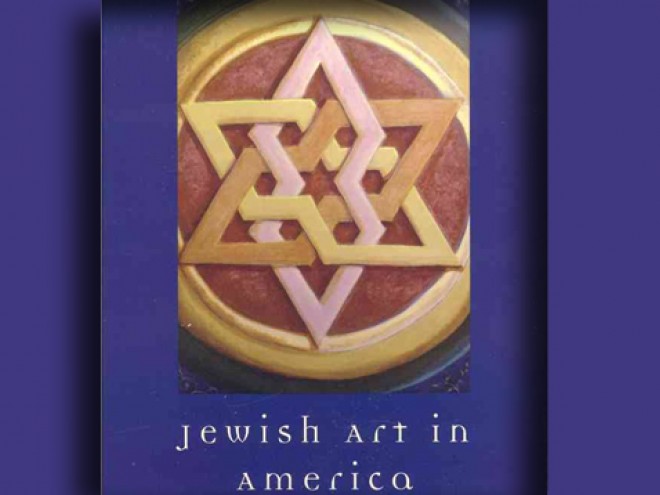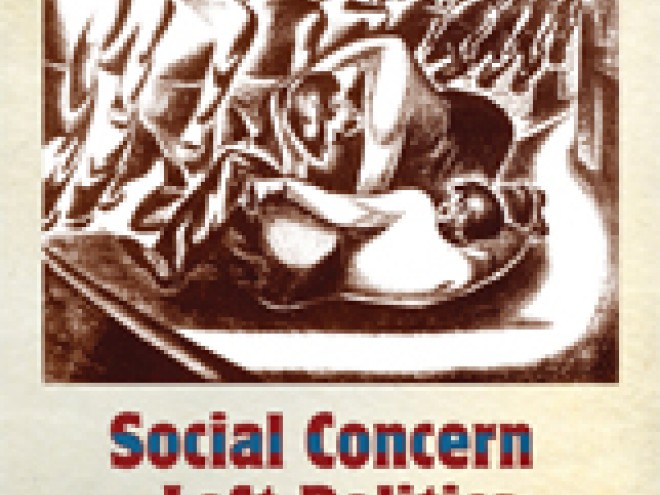Beginning in the 1880s, radical causes increasingly attracted Jewish activists and thinkers, creating a substantial Jewish-American world of writers and artists. Most of the artists that author Matthew Baigell highlights emerged from this forty-year flood of immigrants into the United States at the turn of the twentieth century. The final 25-page chapter includes artists born in the 1950s as well as critics’ observations that appeared in 1999.
A continuous trove of sources — newspapers, magazines, tracts, flyers, and postcards, nearly all in Yiddish — form a large portion of his material. Lending themselves well to black-and-white reproduction dating from 1894, the book’s sixty-one illustrations accompany the relevant text. Many of these include socialist illustrations, often exemplars of Art Deco. The glossary, however, is scant for readers not fluent in Yiddish. The artists’ biographies predictably indicate their preponderant emigration from Russia and Poland, feeding our history’s great population surge.
The author comments that the Party, which lacked a “clear and consistent position,” often issued “overtly hostile” articles in its press. Baigell further writes that the consensus concerning this group of artists was that they were anti-Judaist, not anti-Semitic, thus endeavoring to unravel the ties of the Jewish Communists from accusations of anti-Semitism. Of necessity, the text navigates between the various bureaus and councils set up by the Party in its desire to have Jewish “John Reed” clubs and committees.
Wending his way through pre-1940s American art, Beigell skewers, in his concluding chapter, the art criticism published by Harold Rosenberg and Clement Greenberg — both of whom expressed, in author Beigell’s words, the viewpoint that “Jewish art did not exist,” but there was nevertheless a “Jewish point of view.” Further investigation by the reader would clarify how these two opinions, undated, fit into the era of the book’s title.
This volume’s interesting analysis, aided greatly by the illustrations and the loquacious and contrasting statements of the artists and critics, points sharply to shifting worldviews under the impact of mid-twentieth-century American life.
Related Content:
- Cliff Graubart: Higher Education: A Revelation and a Jewish Perspective
- Benjamin Moser: A Golem in Brazil
- M.M. Silver: Can Israel Help American Jews Recall Their Own Forgotten Heroes?
Read Matthew Baigell’s Visiting Scribe Posts
Social Concern and Left Politics in Jewish American Art
Prejudice Porn: Images of Jews in American Art, 1880 – 1940
We’re Living in a Golden Age of Jewish American Art & Don’t Really Know It



